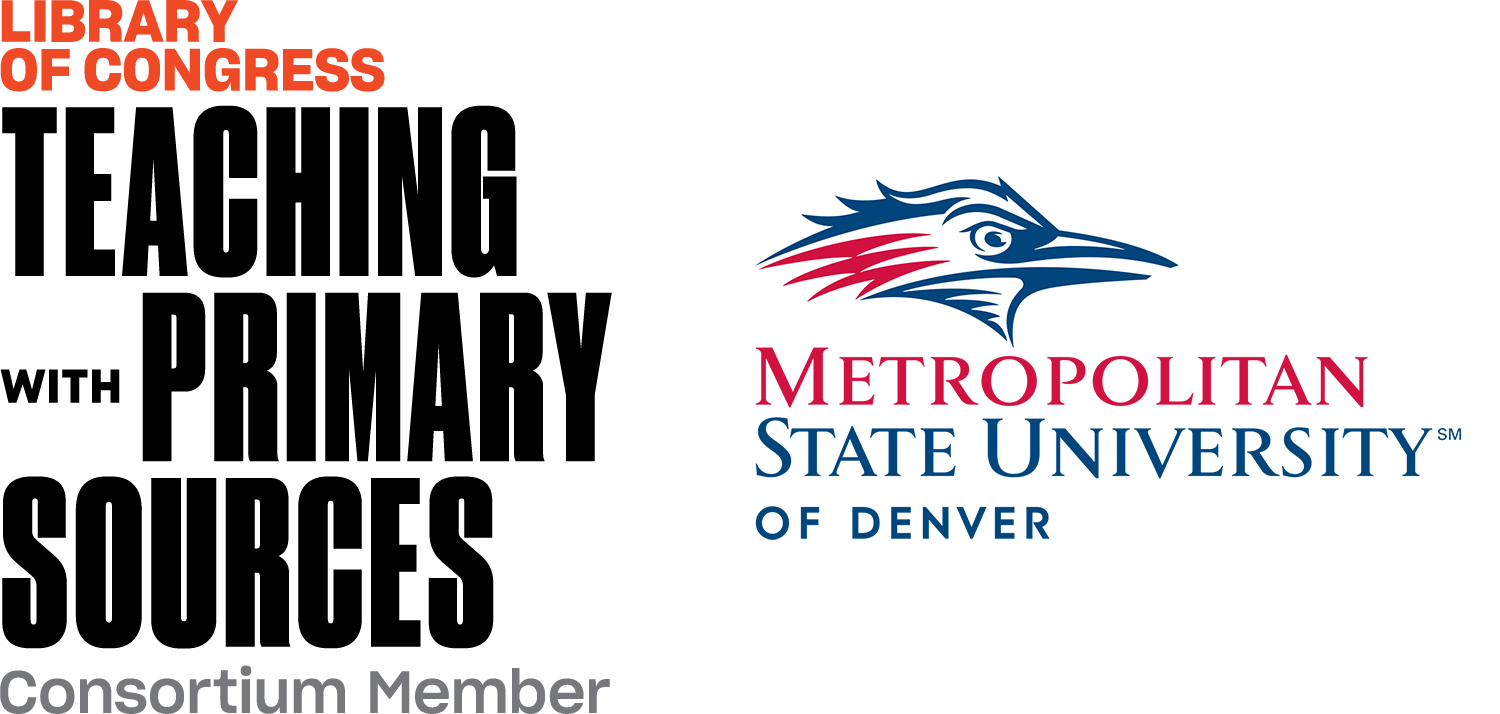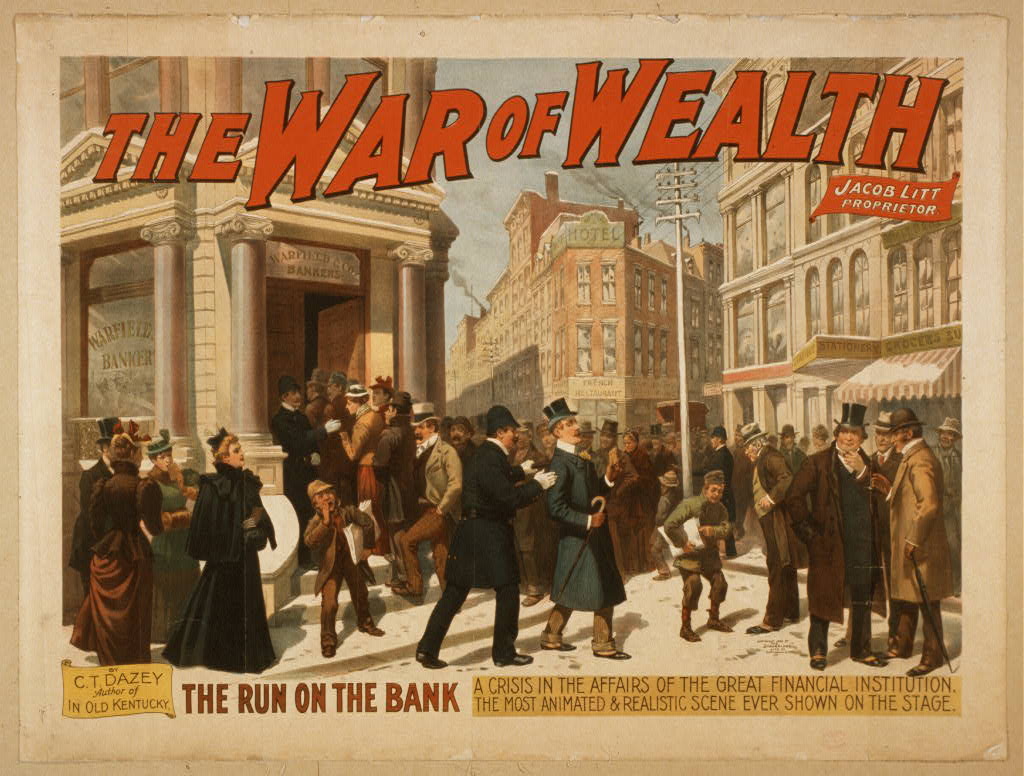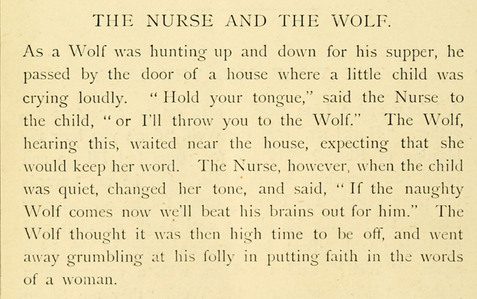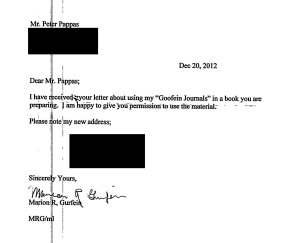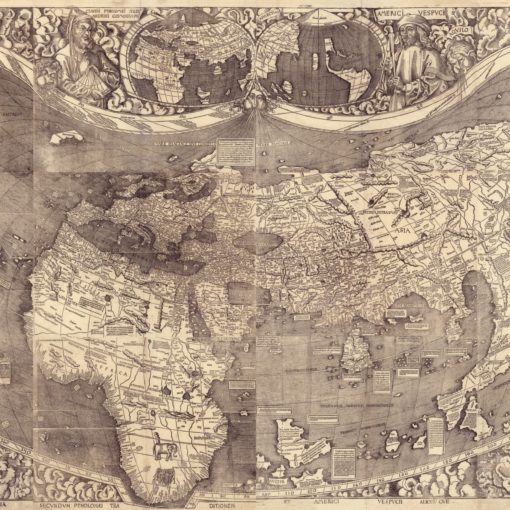Picture books are a staple of elementary instruction, but also work well for older students too. Nonfiction and fiction picture books alike can create a powerful learning environment, especially when paired with primary sources. This is a great way to integrate history into existing reading and writing activities.
- Locate a powerful picture book in your school library.
- Brainstorm a list of instructional uses of the text in your classroom. Anything goes.
- Locate a collection of primary sources that can be purposefully connected to the picture book to support learners.For example, you could use the book Soldier Song by Debbie Levy, focusing on the role of music for Union and Confederate soldiers, paired with 1907 Army Bugle Calls, or the song Home, Sweet Home. Tom Bober, a.k.a. Captain Elementary, has a great blog post on Knowledge Quest about this.
- Choose several strategies/tools best suited for your learners, for example:
- Share your activity or lesson plan with students and other teachers!
For older students, have them do the work for you and ask them to find primary sources on their own to connect with a picture book, e.g. use the Butter Battle Book by Dr. Seuss about the Berlin Wall. Then, ask them to explain in writing or as a presentation how they connect and why they chose the primary sources.
Some other ideas for picture books that pair great with primary sources include, Mercedes and the Chocolate Pilot about the Berlin Airlift, The Pie-Biter, a trilingual (Chinese, Spanish, and English) story of the building of the transcontinental railroad, and many Dr. Seuss books, for example the Better Butter Battle, about the building of the Berlin Wall.
This is an amazing strategy as a way to introduce younger students to primary sources, and build a deeper understanding of historical context, primary source analysis, and critical thinking skills for older students.
Below is a list of a collection of primary source sets paired with a specific picture book:
- Crossing Niagara: The Death-Defying Tightrope Adventure of the Great Blondin by Matt Taveres
- Hope Genius by John Coy
- The Wildest Race Ever by Meghan McCarthy
- The William Hoy Story by Nancy Churnin
- Dazzle Ships by Chris Barton
- Maya Lin: Artist-Architect of Light and Lines by Jeanne Walker Harvey
- Her Right Foot by Dave Eggers
- Dangerous Jane by Suzanne Slade
- Dorothea Lange: The Photographer Who Found the Faces of the Depression by Carole Boston Weatherford
- Here Come the Girl Scouts!: The Amazing All-True Story of Juliette ‘Daisy’ Gordon Low and Her Great Adventure by Shana Corey
- Take a Picture of Me, James VanDerZee! by Andrea J. Loney
When students are able to connect their readings with actual history and historical documents, learning is not only fun, but also enriches student understanding by allowing them to make connects they wouldn’t have otherwise been able to do. I hope these primary source collections will help you in planning your next lesson using picture books. Maybe it will inspire you to create primary source set for your favorite picture book!
What picture books do you like to use in your classroom?
